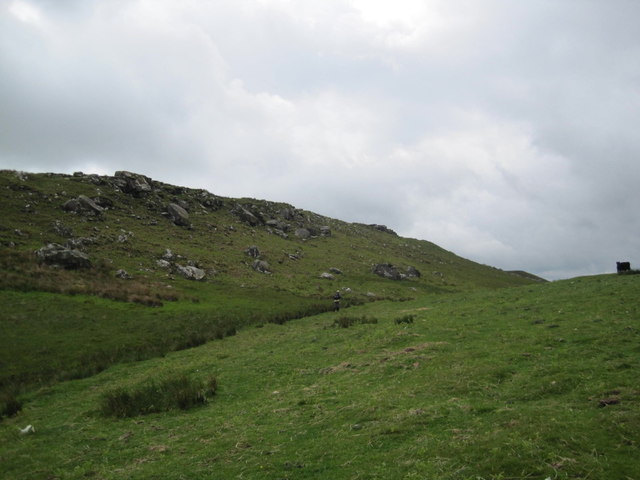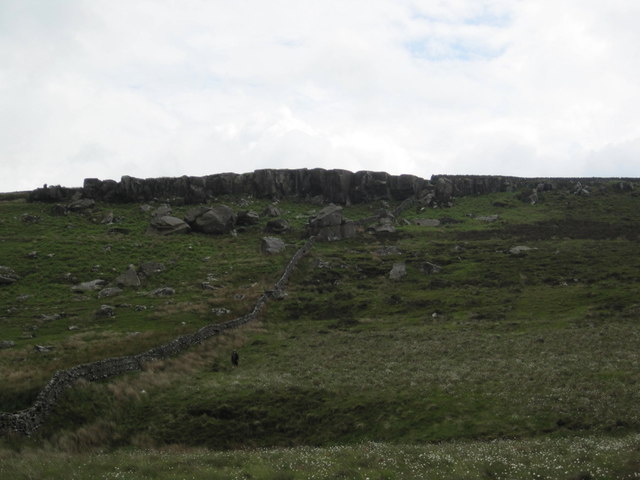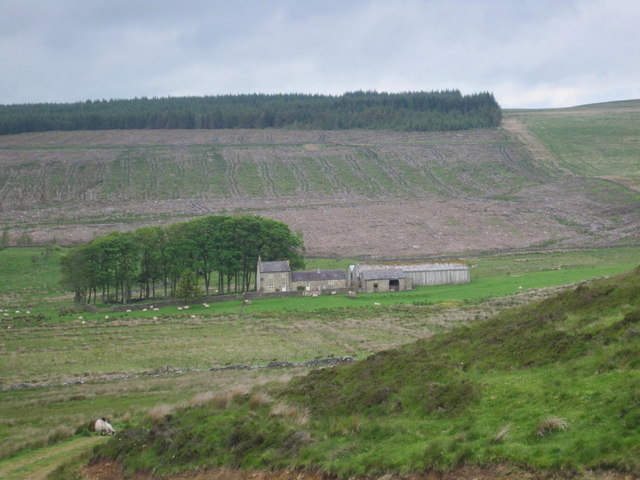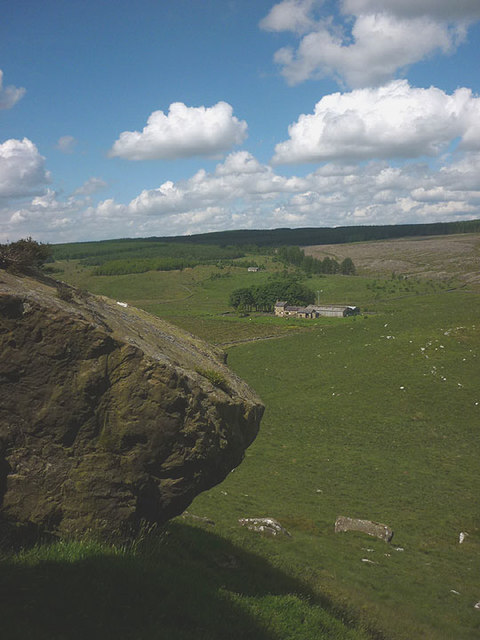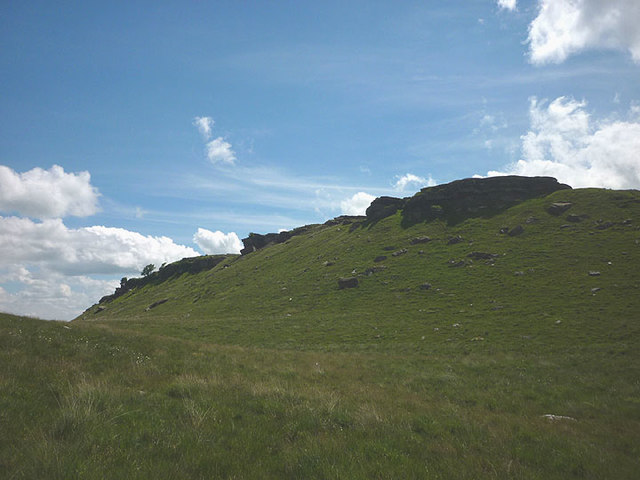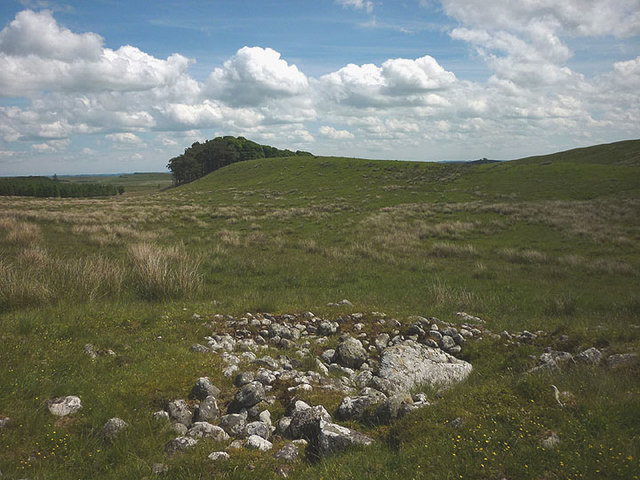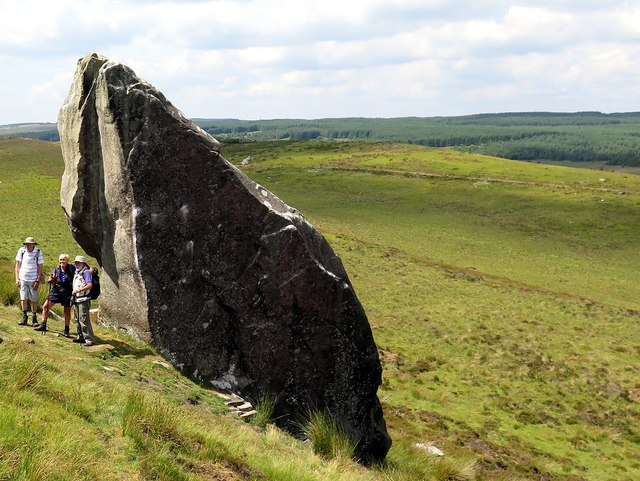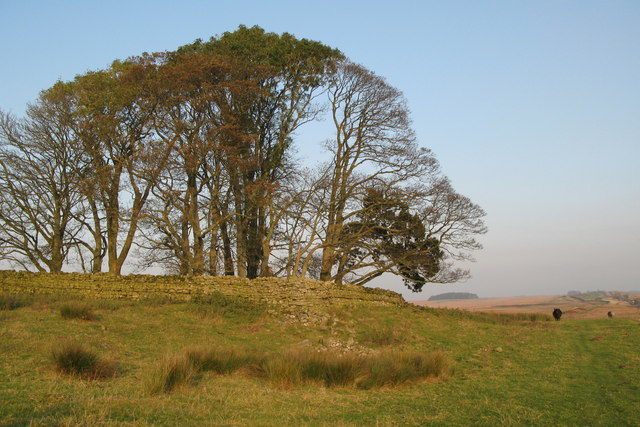Pinch Park
Downs, Moorland in Northumberland
England
Pinch Park
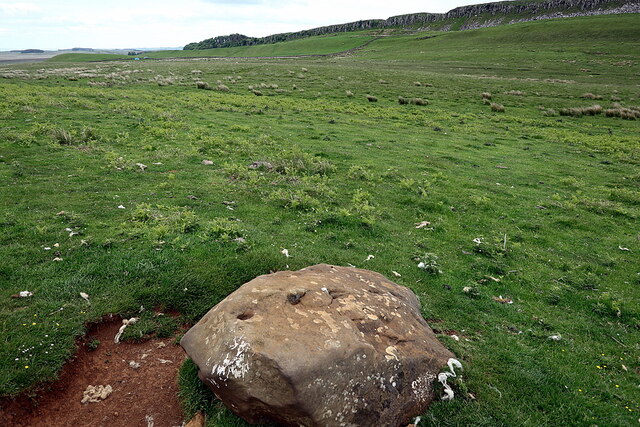
Pinch Park is a serene and picturesque natural area located in Northumberland, England. Nestled between the Downs and Moorland regions, it spans over a vast area and offers visitors a diverse range of stunning landscapes and outdoor activities.
The park is known for its rolling hills, lush meadows, and ancient woodland, making it a haven for nature enthusiasts and hikers. The Downs section of Pinch Park showcases breathtaking panoramic views of the surrounding countryside, with its undulating hills and scattered stone walls adding to its charm. This area is also home to an array of plant and animal species, including rare orchids and birds of prey.
In contrast, the Moorland section of the park boasts vast open spaces covered in heather and bracken, creating a rugged and windswept atmosphere. Here, visitors can witness the beauty of Northumberland's unique moorland ecosystem, with its rich biodiversity and unique geological features.
Pinch Park offers various recreational activities for visitors to enjoy. Hiking and walking trails crisscross the park, providing opportunities for exploration and discovery. Additionally, the park has designated areas for picnicking and camping, allowing visitors to immerse themselves in the tranquility of the surroundings.
Overall, Pinch Park in Northumberland is a haven of natural beauty, offering visitors a chance to connect with the region's stunning landscapes, diverse wildlife, and rich history. Whether it be a leisurely walk or an adventurous hike, visitors are sure to find solace and rejuvenation in this idyllic natural retreat.
If you have any feedback on the listing, please let us know in the comments section below.
Pinch Park Images
Images are sourced within 2km of 55.039179/-2.3009183 or Grid Reference NY8071. Thanks to Geograph Open Source API. All images are credited.


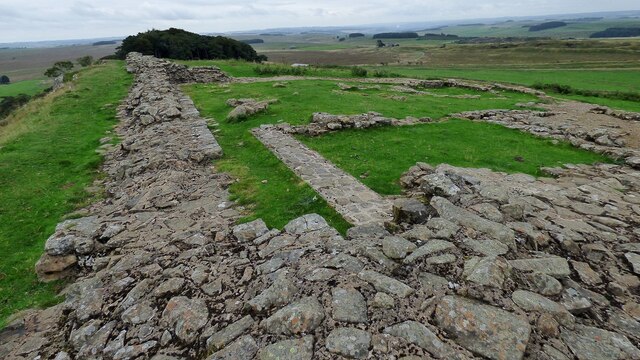




Pinch Park is located at Grid Ref: NY8071 (Lat: 55.039179, Lng: -2.3009183)
Unitary Authority: Northumberland
Police Authority: Northumbria
What 3 Words
///rounds.restores.calms. Near Bardon Mill, Northumberland
Nearby Locations
Related Wikis
Halleypike Lough
Halleypike Lough is an inland lake on Haughton Common at the southern edge of Northumberland National Park, northeast of Bardon Mill, and 1 mile (1.6 km...
Milecastle 34
Milecastle 34 (Grindon) was a milecastle of the Roman Hadrian's Wall. There are no visible remains, but the site is within a small, tree-filled, walled...
Milecastle 35
Milecastle 35 (Sewingshields) is one of the milecastles on Hadrian's Wall (grid reference NY80497018). The remains still exist as exposed masonry. ��2...
Milecastle 33
Milecastle 33 (Shield on the Wall) was a milecastle of the Roman Hadrian's Wall, one of a series of small fortlets built at intervals of approximately...
Milecastle 36
Milecastle 36 (King's Hill) was one of the milecastles on Hadrian's Wall (grid reference NY79726931). There is little to see on the ground as most of the...
Broomlee Lough
Broomlee Lough is an inland lake in Northumberland, England at the southern edge of Northumberland National Park. The lough lies immediately north of the...
Hadrian's Wall
Hadrian's Wall (Latin: Vallum Hadriani, also known as the Roman Wall, Picts' Wall, or Vallum Aelium in Latin), is a former defensive fortification of the...
Knag Burn Gateway
The Knag Burn Gateway is a gateway which was built into Hadrian's Wall some time after construction of the wall itself, generally acknowledged to be during...
Nearby Amenities
Located within 500m of 55.039179,-2.3009183Have you been to Pinch Park?
Leave your review of Pinch Park below (or comments, questions and feedback).
